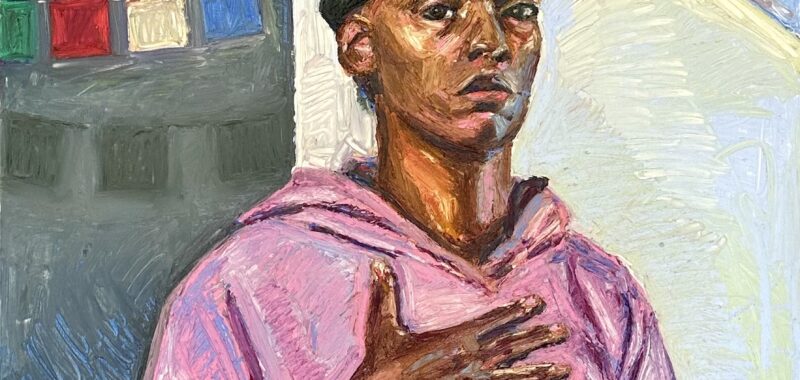Early findings from a guaranteed income program for artists across New York State reveal that such initiatives can provide crucial support for artists’ financial stability, professional advancement, and individual well-being.
While more comprehensive results are slated to be released at the end of the year, preliminary outcomes show that when artists receive guaranteed income, they generally concentrate on addressing outstanding debt, bills, and increasing their personal savings. They also have more freedom to work on their practice and more time for caregiving responsibilities.
The report was compiled by Creatives Rebuild New York (CRNY), a $125 million guaranteed income and work opportunity initiative that began in 2021 and is chiefly funded by the Andrew W. Mellon Foundation, the Stavros Niarchos Foundation, and the Ford Foundation. Under the program, CRNY provided 2,400 artists across New York no-strings-attached monthly payments of $1,000 for 18 consecutive months, prioritizing individuals who are acutely impacted by institutional barriers to financial security based on their race, physical ability, sexual orientation, citizenship status, and caregiving tasks.

On average, the survey found that 17% of the guaranteed monthly payments were used to pay off debt, principally outstanding credit card balances and loans and mortgages. Furthermore, artists saved approximately $150 more each month and put nearly $140 of the payments toward expenses like rent and utilities. The initiative also showed that participants generally reported feeling improved mental and emotional health in comparison to those who did not receive guaranteed monthly payments.
CRNY’s report includes brief testimonies from named and anonymous artists who participated in the program, further illuminating how financial constraints continue to impede their work and day-to-day lives.
“Going through a breast cancer diagnosis during a pandemic was the most difficult experience of my life,” shared one anonymous participant quoted in the report, who explained that even after public spaces reopened following the COVID-19 pandemic, their career “was still at a standstill” due to a two-year battle against cancer.
“Guaranteed Income gave me the support I needed to slowly build my life back, become strong and healthy again, and has truly led me back to this industry feeling safe, valued and supported,” the participant wrote.
In an interview with Hyperallergic, Maura Cuffie, CRNY’s director of strategic initiatives, explained that critics of guaranteed income programs generally “claim that they disincentivize work.”
“Critics would say that people don’t work when they receive guaranteed income and that they feel less accountable to their communities,” Cuffie said. “Our report shows that not only are artists working with a guaranteed income, but they’re really shaping work that is meaningful to them and in their community life.”
The report’s findings add to survey results released by CRNY this summer that showed a majority of NY artists are in precarious financial positions, currently earning significantly below living wage standards.
“When done ethically and in collaboration of those who are directly impacted, research can lead us to better designed programs and even policy solutions,” Cuffie said, adding that guaranteed income programs could be more beneficial if they ran for longer periods of time.
As an example, she cited Minnesota arts organization Springboard for the Arts’s recent announcement that it is extending its guaranteed income pilot for artists to five years and offering additional financial counseling services.
“It’s less what should be researched next, but more how these things that are all being researched are building up into something bigger, more impactful, and more meaningful to more people,” Cuffie said.

